Revisiting locations from Haruki Murakami’s Norwegian Wood
Tue, May 31, 2016-
Tags

Associate Professor Makoto Ichikawa
Faculty of Letters, Arts and Sciences
Professor Ichikawa is a member of literary magazine Waseda Bungaku’s editorial committee. He also writes as critic unit Rui Maeda and is a book commentator on the TBS television program “Osama no buranchi” (King’s Brunch).
In 1968, world-renowned author Haruki Murakami entered Waseda University where he spent his emotional youth as a drama student at the former School of Humanities (now part of the School of Culture, Media and Scoiety).
Murakami’s fifth work and bestselling novel Norwegian Wood was published in 1987. The novel is said to contain autobiographical elements and within the story are scenes that remind us of Waseda University.
Today we are joined by literary critic Professor Makoto Ichikawa and two students and fans of Haruki Murakami as we visit locations from the novel.
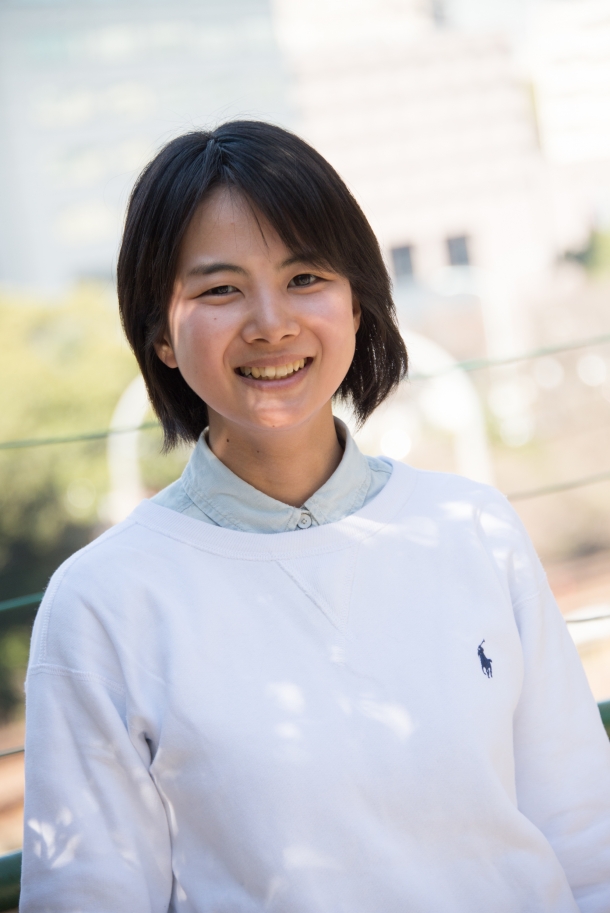
Sae Kuno
School of Culture, Media and Society
Class of March 2016
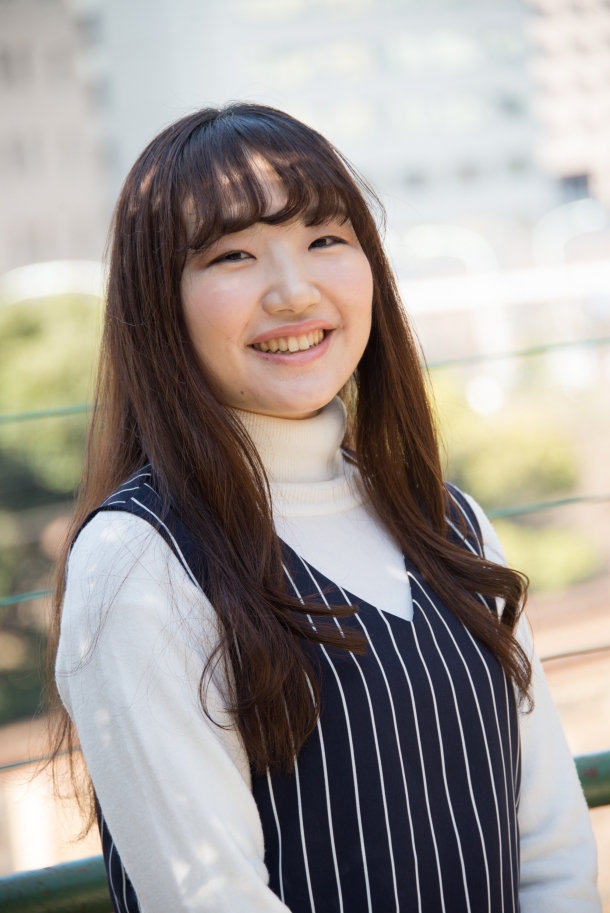
Kanako Tada
School of Culture, Media and Society
Third year student
Norwegian Wood

Photograph from around 1970 of an intersection in Babashitacho (from Waseda, 100 Years, Azekura Shobo publishing)
Norwegian Wood takes place between the late 1960s and early 70s, the same period Murakami attended Waseda University. The novel delicately depicts the emotional tremors and relationships between Toru Watanabe, who is enrolled in a private university in Tokyo, his best friend and lover Naoko who has committed suicide, and his classmate Midori.
Where Midori and “I” studied Euripides – Toyama Campus Building 34, Room 453
Protagonist Watanabe and Midori meet in the class “History of Theater II” which is taught by a small-framed, depressed looking instructor who uses a metal cane to help with his bad legs.
Murakami who entered Waseda University in 1968 likely took drama related courses at Toyama Campus which finished construction in 1962. We visited building 34 room 453 where the atmosphere of this time period can still be felt.
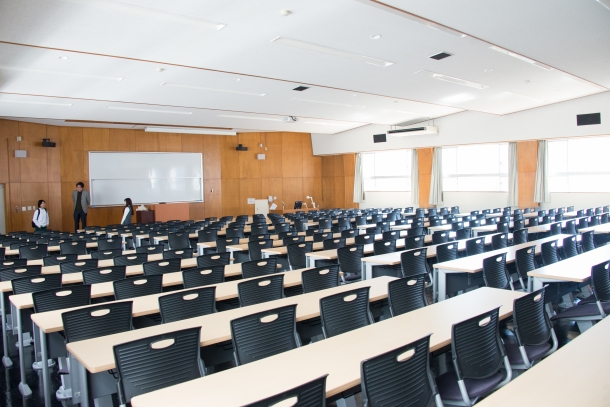
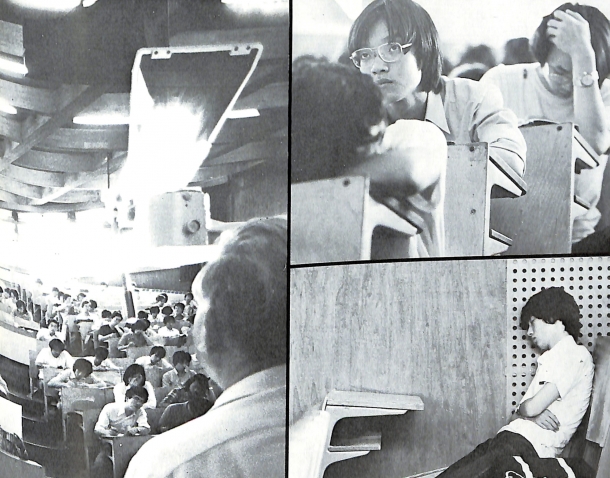
Old large classrooms at Waseda University (from Waseda, 100 Years, Azekura Shobo publishing)
Professor Ichikawa: I could not find a “History of Theater II” course in the syllabus from that time but it is highly possible that Murakami, being a drama student, took courses such as Professor Bunzo Torigoe’s “History of Japanese Theater II” and the late Professor Shinya Ando’s “History of Western Theater.” The professors that appear in the novel were likely inspired by a number of individuals that left an impression on the young Murakami. As portrayed in the novel, during the 1960s and 70s, student protests were in full force with demonstrators barging into classrooms. Midori is also depicted smoking tobacco outside of the classroom. Needless to say, the atmosphere was much different than that of today.
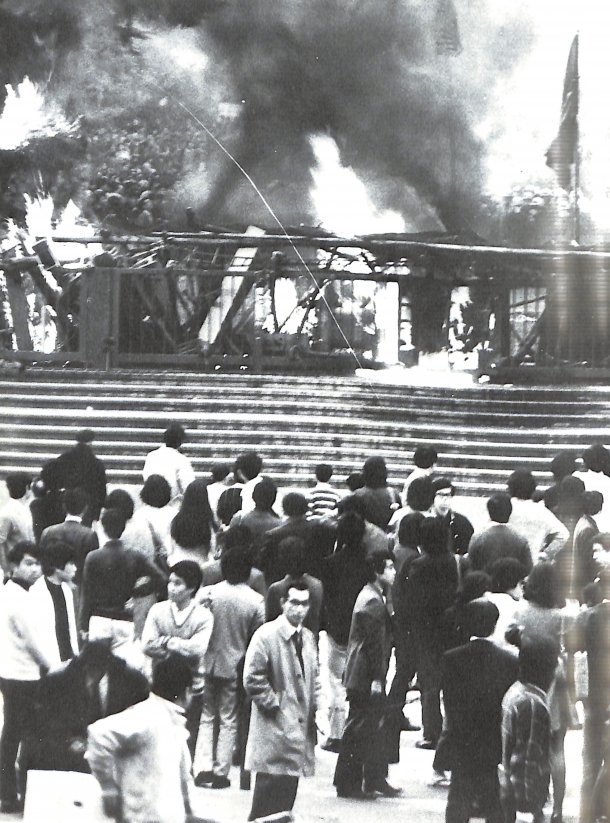
As student protests grew fierce radical students set fire to chairs and desks in front of the main gate (from Waseda, 100 Years, Azekura Shobo publishing)
Kuno: In Norwegian Wood, the protagonist distances himself from the student demonstrations. Was Murakai generally disinterested in politics?
Ichikawa: The years that Murakami attended university are often referred to as a “period of idealism.” For Murakami, due to the influence of the student demonstrations people “loss trust in words” and stopped trusting “words that make us feel good.” Murakami occasionally uses the word “detachment” and there is probably a connection between the fact that Murakami lived during this time period and took up this indifferent mindset.
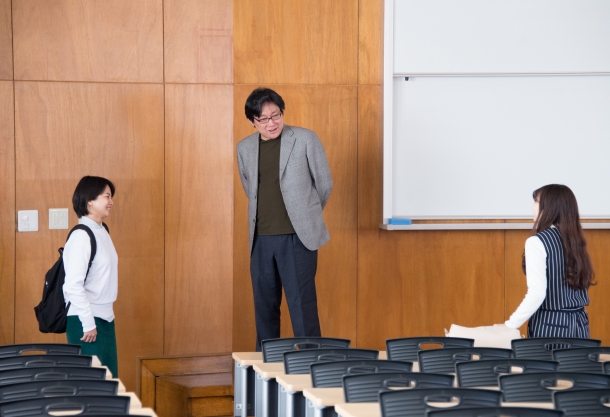
The school cafeteria half the price of Hatsumi’s school – Waseda University’s school cafeteria and today’s Univ. Coop
In Norwegian Wood, there are many scenes of Watanabe and Midori eating lunch at the school cafeteria and restaurants around campus.

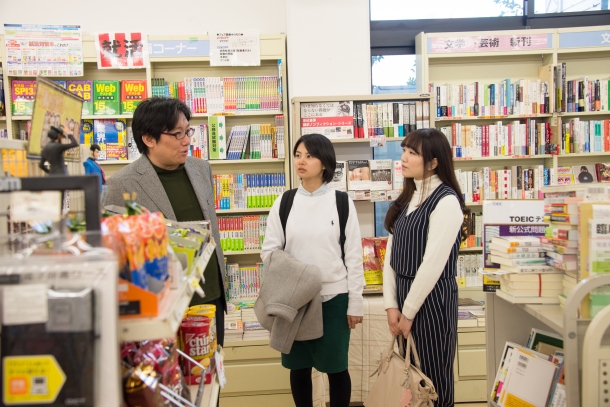
Ichikawa: The Toyama Campus cafeteria used to be located in the same place as today’s Toyama Campus Univ. Coop store. Near the entrance you could buy meal tickets and near the bookshelves were tables and further inside a kitchen.
Tada: In Murakami’s novel there are many memorable scenes of characters eating together.
Ichikawa: This can be said for sexual depictions as well, but accessible, fun, and stimulating occurrences, as well as portrayals you find in literature are constructed by a delicate balance. It is not that our everyday lives are filled with experiences you find in literature, but that meaningful words and occurrences originate from everyday actions. This accessibility is one of the reasons why Murakami is so widely read.

The library where “I,” conflicted by my connections with Naoko and Midori spent much of my time – Waseda University’s former library and today’s Aizu Museum
Watanabe who has no other university friends other than Midori spends every day going to and from class and the library.

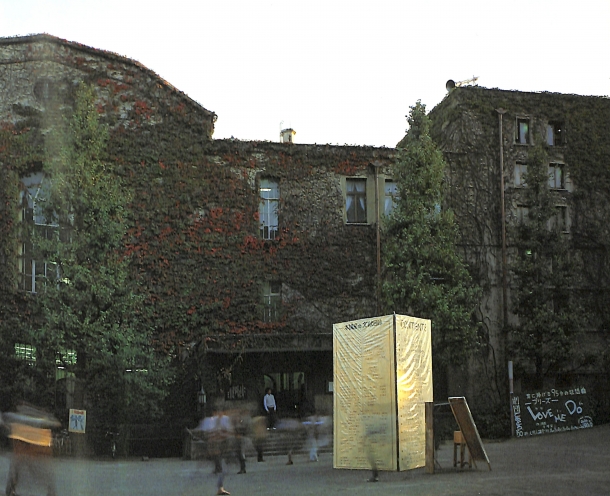
Building 2 which used to house Waseda University’s library covered in ivy (from Waseda, 100 Years, Azekura Shobo publishing)
Ichikawa: Building 2 at Waseda Campus used to be the university library. It now houses the Aizu Museum and Takata Memorial Library but the building’s former atmosphere lingers to this day.

Where Murakami immersed himself in old drama – The Memorial Theatre Museum
Waseda University’s Memorial Theatre Museum does not appear in Norwegian Wood but Murakami appears to have visited the museum numerous times when he was a student.
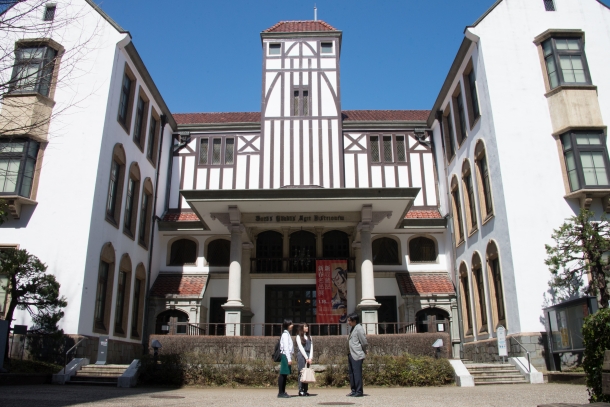
Ichikawa: In 2007 in an acceptance speech for the first Tsubouchi Shoyo Award Murakami told listeners, “The places I most often visited were the School of Humanities cafeteria and the Memorial Theatre Museum.” While absorbed in old theater, Murakami would daydream while creating scenes in his head.

With a daffodil flower in hand “I” headed to Midori’s house – Toden Arakawa Line (Waseda station)
The Toden Arakawa Line is the streetcar line protagonist Watanabe uses to visit Midori’s house. The single vehicle train weaves through residential areas and remains the same as when Murakami was a student.

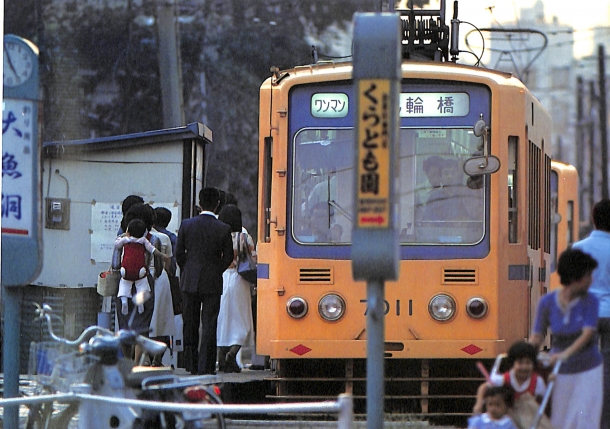
The former Toden line (Waseda Station) was without a roof (from Waseda, 100 Years, Azekura Shobo publishing)
Ichikawa: Streetcar lines used to run throughout Tokyo on a daily basis. However, from 1968 to 1972 most streetcars where phased out. The act of riding streetcars which used to be an everyday occurrence became a rare experience. It is easy to understand why Murakami who witnessed this transformation wished to incorporate the streetcar in his novel.

A striking memory for Murakami – Munatsuki Hill
Approximately five minutes from Waseda Campus is Munatsuki Hill. Murakami lived in Wakeijuku and commuted along this hill to campus. In one of his essays Murakami recalls how he once fell and hit his head while walking along this hill drunk.

Ichikawa: Murakami began his student life at the Wakeijuku dormitory located on the top of this hill. Murakami writes in one of his essays, “I was not necessarily always coming to campus.”
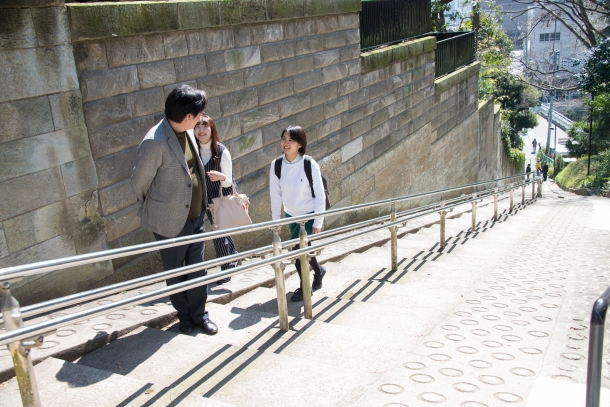
Where “I” spent time with a storm trooper roommate and fan of radio calisthenics – Wakeijuku
For a half of a year from April 1968 Murakami lived in the male dormitory Wakeijuku. In Norwegian Wood protagonist Watanabe lives with a storm trooper roommate.
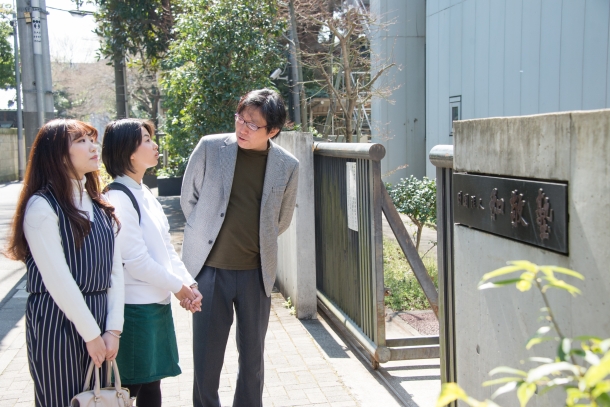
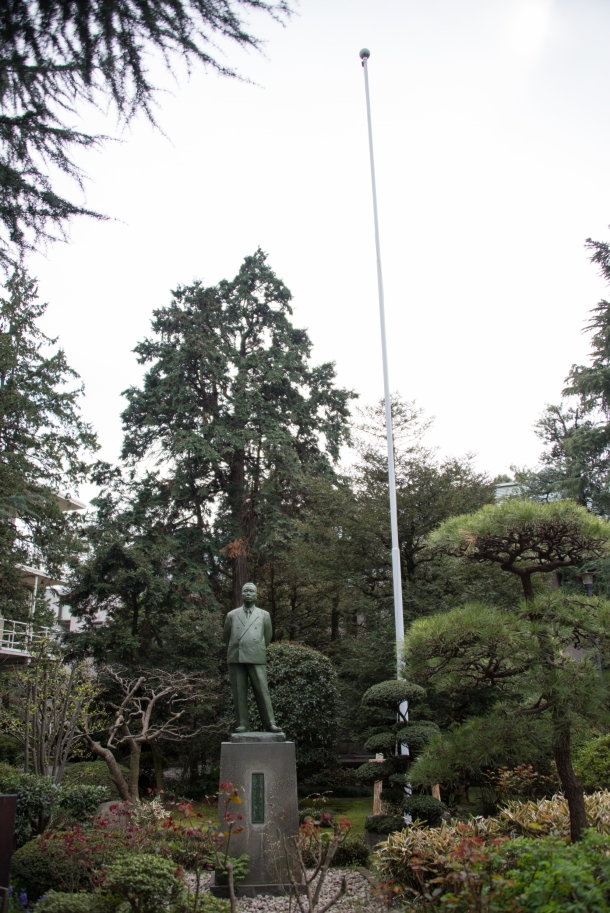
As depicted in the novel, in the 1960s the national flag was not hoisted every day
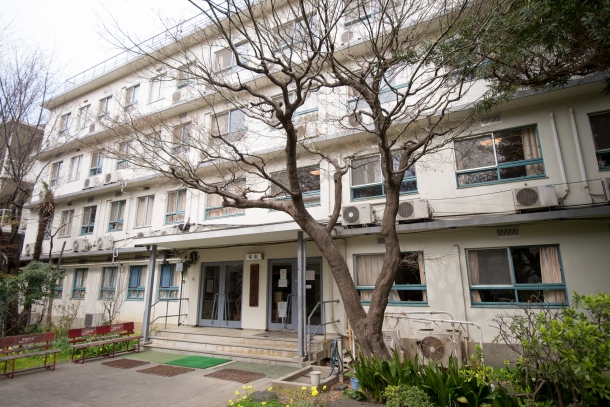
The west dormitory where Murakami lived has been renovated and modernized but the south dormitory (pictured above) looks the same as it did during Murakami’s stay
The moat where “I” and Naoko walked together – Iidabashi
On a Sunday afternoon in May Watanabe and Naoko run into each other and walk together from Shibuya to Iidabashi and then Komagome.
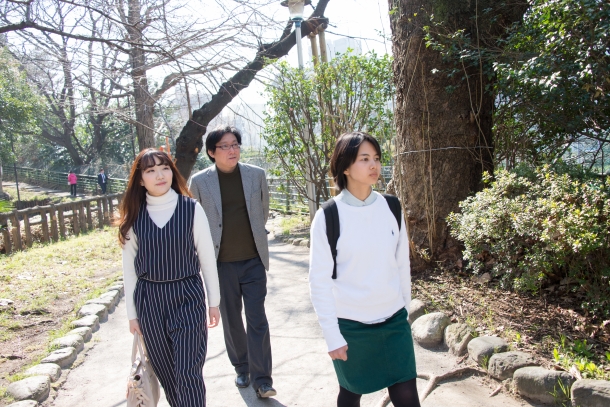
Ichikawa: In Norwegian Wood, the two main characters walk a lot. These scenes have cinematic and dramatic characteristics and effectively communicate the importance of the time they spend walking together.
Bringing our Norwegian Wood “pilgrimage” to a close

Ichikawa: Despite being a novel without many settings and limited to locations accessible to Waseda students, Norwegian Wood has received worldwide acclaim.
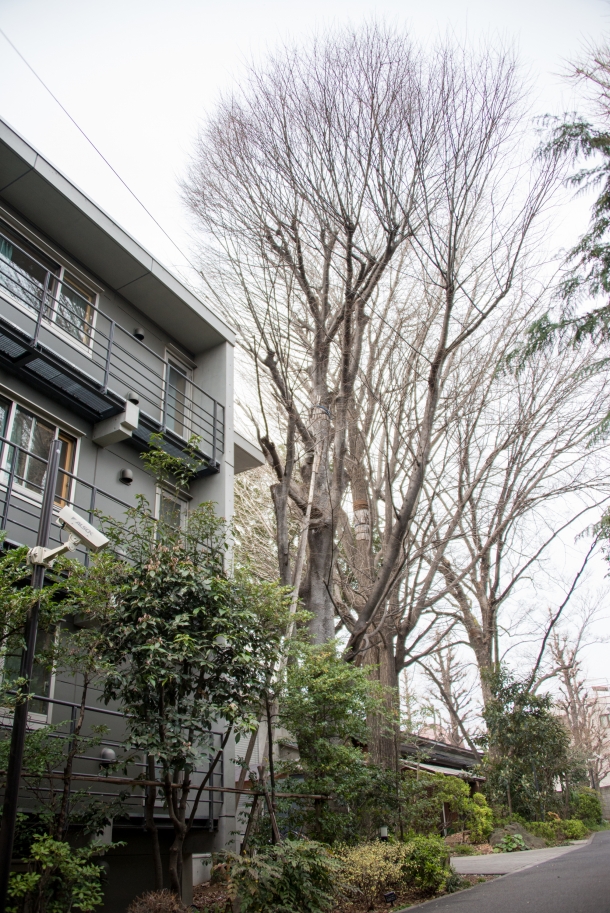
Soaring zelkova serrata trees outside of Wakeijuku
Kuno: I was moved when we were looking above at the zelkova serrate trees outside of and Wakeijuku Professor Tachikawa said, “Murakami probably looked at these trees as well.” Realizing that I attended the same university and saw the same scenery as Murakami I truly felt that I share a connection with him and his novel.
Tada: I thought about the nature of love and human relationships in a time period different than my own. Unlike now when we have mobile phones and social media, back then there was an anxiety of being cut off from someone simply due to a missed letter or phone call. For this reason people must have cherished their time together and love must have been different than it is today.
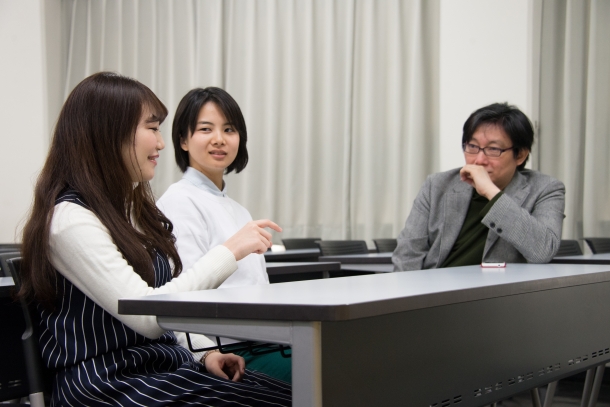
Ichikawa: Imagination is the foundation of this novel. Being able to depict an experience one has never experienced firsthand or a place one has never visited is the novelist’s ability. Nevertheless, the author uses their own experiences to craft these depictions. The locations that appear in this novel are actually smaller and less significant than portrayed. However, in the hands of a skilled writer even seemingly insignificant scenery can become meaningfully rich and from there a poignant and moving story can unfold.
When you hear the name Haruki Murakami you likely think of someone that exists in a different world than your own. However, anyone can see and visit the same locations that he did half a century ago. In their early twenties historically significant figures looked at the same scenery, contemplated at the same locations, and grew up in the same place, not only limited to Waseda. With that said you can accomplish similar feats and develop similar passions. We hope you will take these words to heart.













